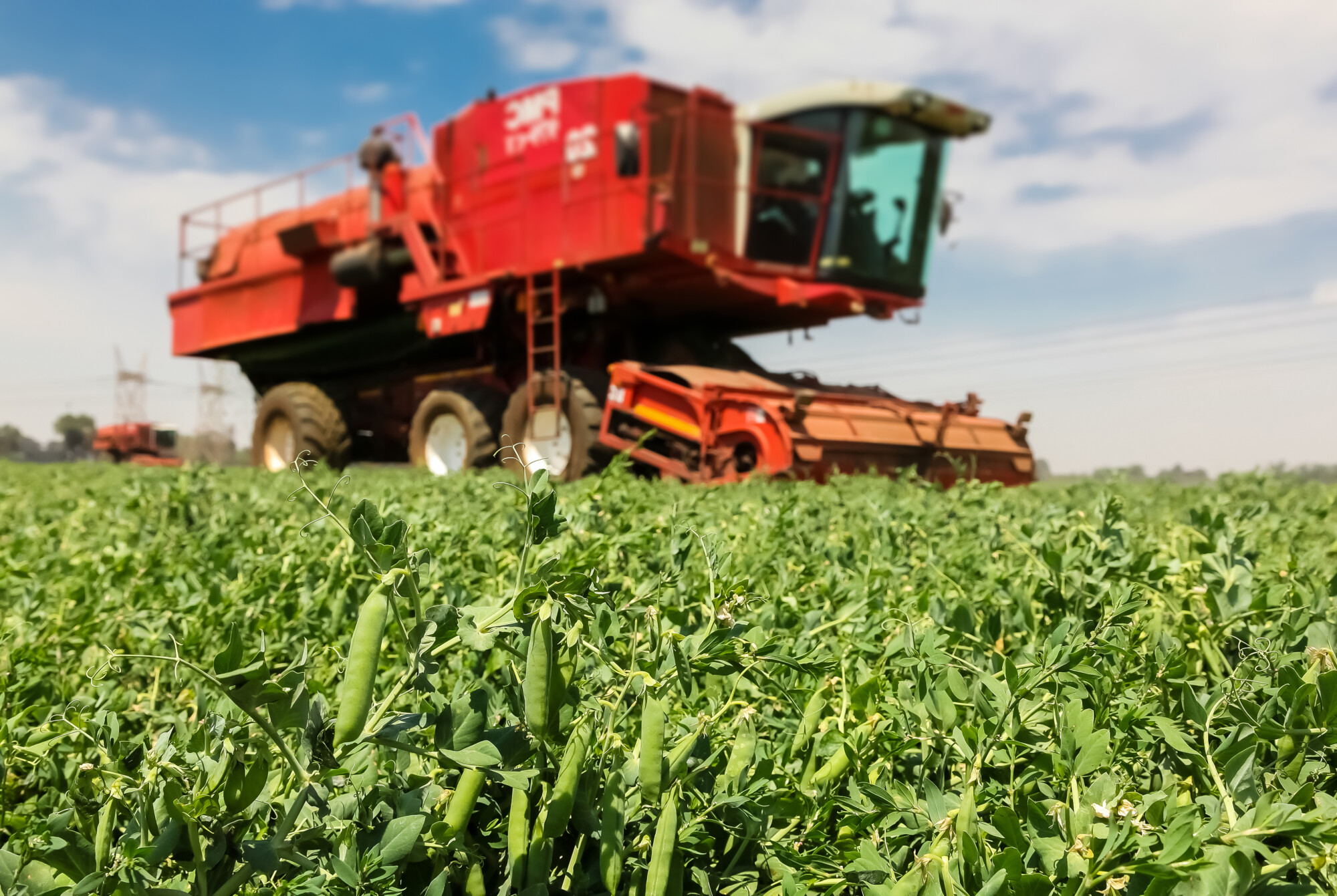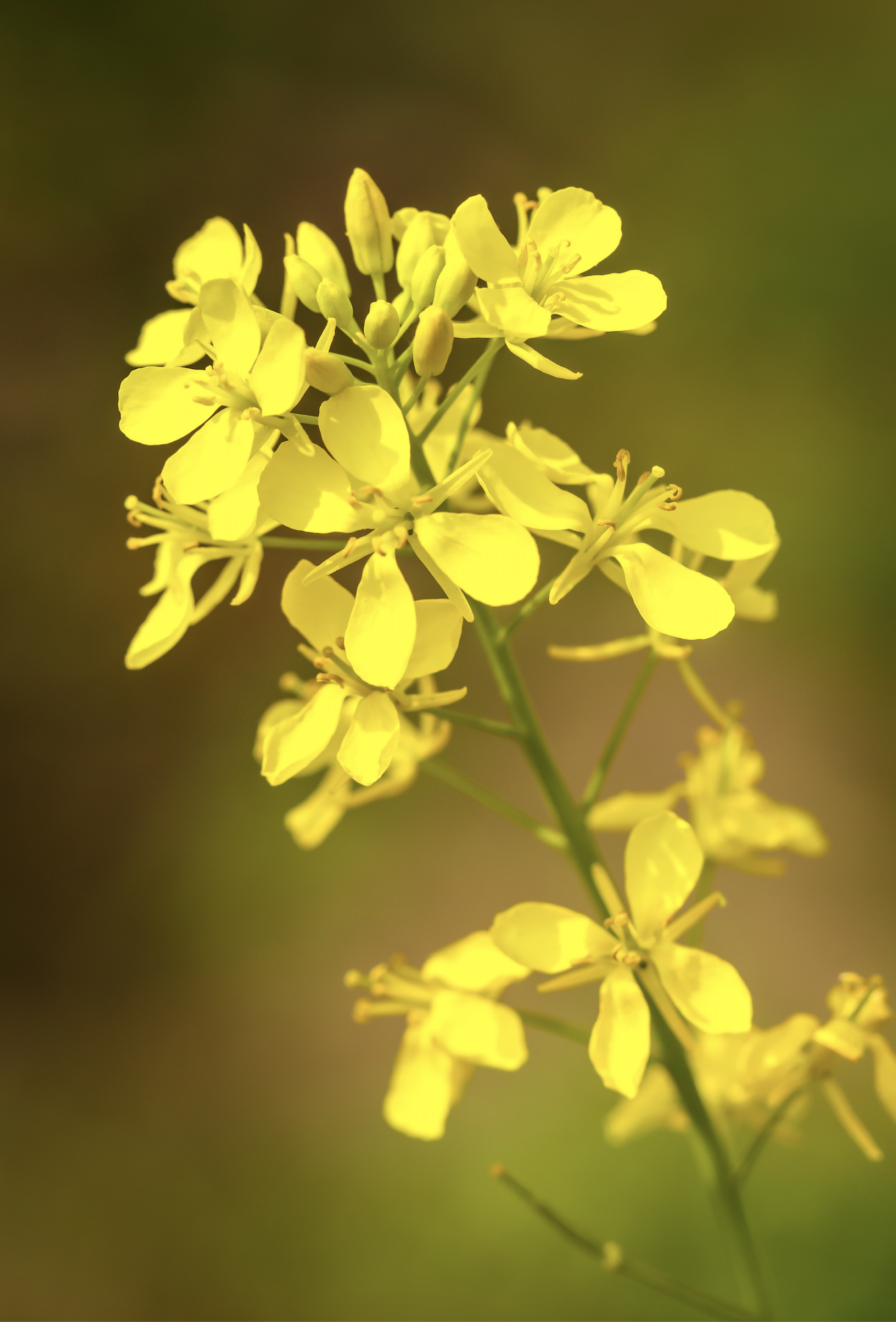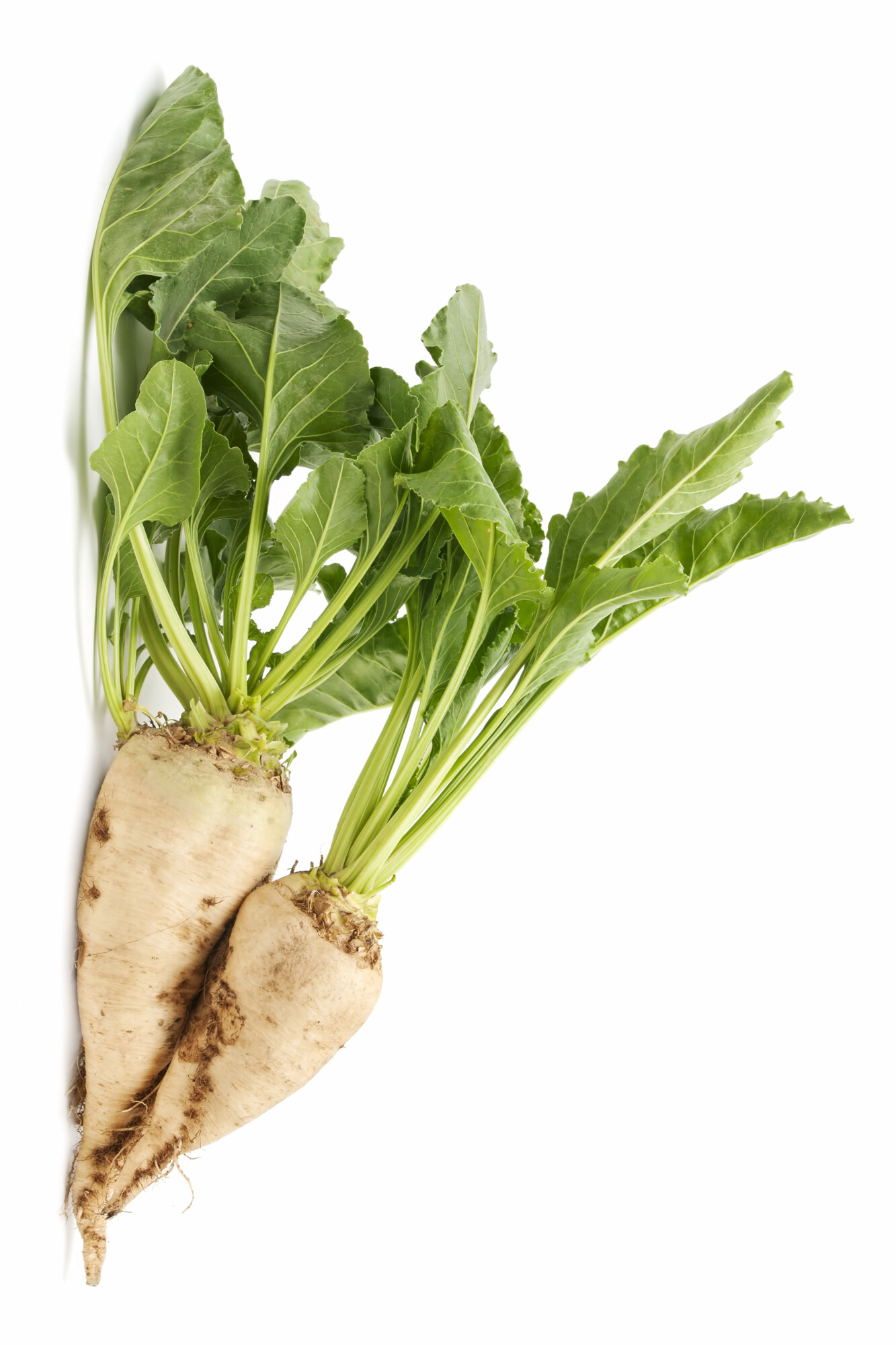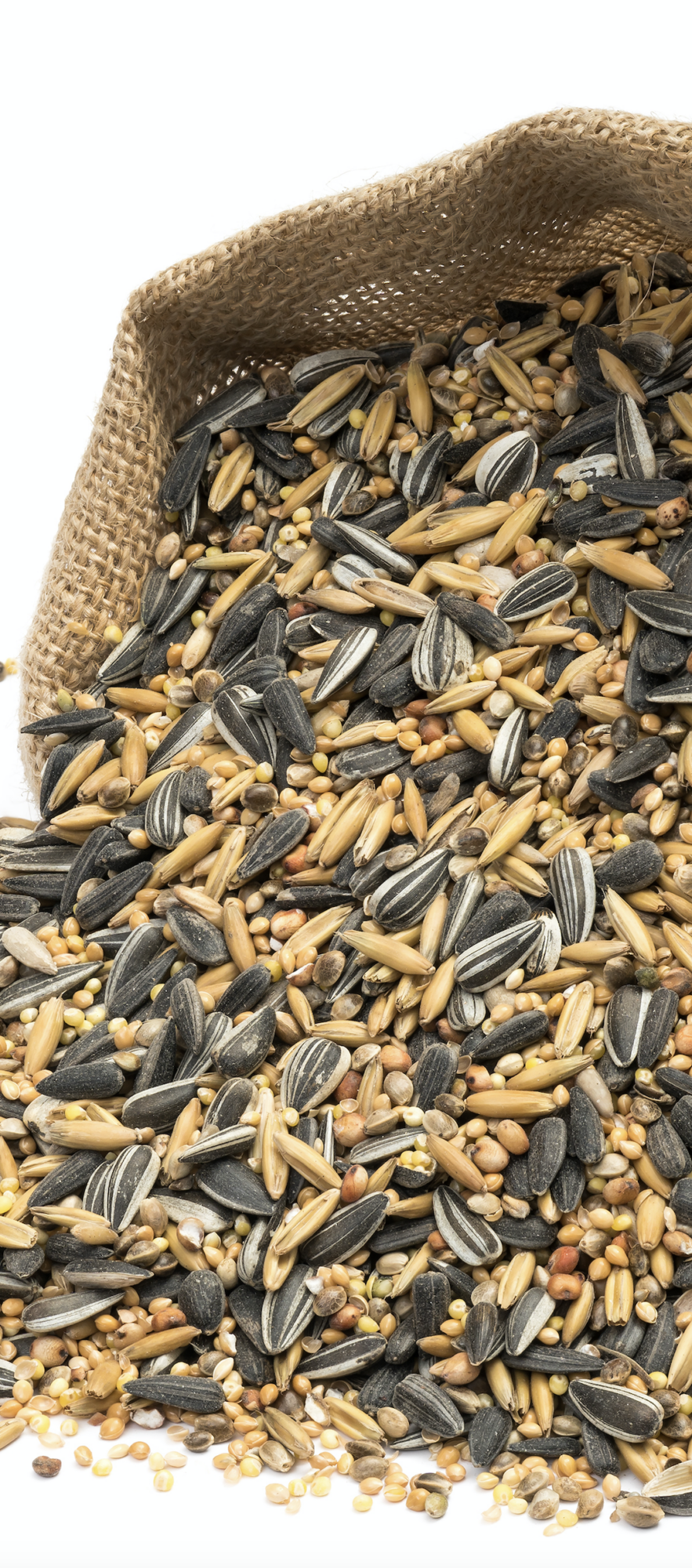Looking ahead to spring cropping options
4th December 2021
Spring husbandry can provide both value and diversity within a rotation, often demonstrate lower yield variability and can show a better return than their autumn counterparts per £1 spent – although they often struggle to match the best gross margins. But which spring cropping option to choose? Rachel Hicks writes.

As well as helping to spread workloads during the peak of the season, allowing growers to prioritise the higher earning crops, spring cropping is becoming more popular in areas of high black- grass burden – especially when weather makes it difficult to hold off drilling winter wheat until the later drilling window. So what are the key options?
Spring barley
For many with black-grass problems, spring barley is the grain of choice, being more competitive than most spring wheats and higher yielding than winter barley. Increasing seed rates and ensuring a good dose of nitrogen early on will help in black-grass suppression, by creating a denser barley crop. However, if growing barley for a malting contract, beware of increasing seed rates too much as this can cause it to fail the required specification. Aiming for 350–400 established plants/m2 is the ideal number where black-grass control is a priority.
As such, growers should always check the specification details early on in the season, in order to ensure the correct input programme is in place.

Spring oilseed rape could well have a resurgence as a break crop this year, following significantly higher prices this year which, combined with its usual high gross margin in comparison to many of the alternative specialist crops and the significantly lower pest threat in spring cropping, could well make it a more popular option this spring. Of course, this increase in demand could have an impact on seed availability, especially given the high commodity price right now.
Improvements in spring OSR varieties mean there are more choices when it comes to varieties offering high vigour – key in the shorter growing window – and modern hybrids usually offer higher oil content and seed yield versus the older conventional varieties.
With spring drilling, successful establishment is vital. BASF’s top tips to ensure spring OSR is a success are:
- Choose a vigorous hybrid that can get away quickly to out-compete spring weeds. Likewise, selecting a variety with high oil content can help maximise income from oil.
- Get your seedbed conditions right. A stale seedbed at the start is key, then you want a good, even seedbed and some moisture to help the seed get up and away. Drill at the right time, resisting the temptation to drill too early. Late March or early April are best, when soil temperatures are warm enough to give the crop a quick start. The soil should be warm, around 9–10°C, with a minimum soil pH of 6–6.5.
- Use a higher seed rate than for WOSR. Drill at around 80 to 90 seeds/m2, aiming to achieve a plant population of around 70 plants/m2.
- Use a residual herbicide to remove early weed competition. Apply split doses of N between 100kg/ha and 150kg/ha at sowing time and at emergence.
- Watch out for pests. Monitor and be prepared to treat if necessary for slugs, pigeons and cabbage flea beetle as the crop emerges, and pollen beetle at the green bud stage.
Pulses – nature’s fertiliser
One topic that cannot be overlooked when considering spring cropping options is the spike in nitrogen fertiliser prices and availability.
When asked for comment, PGRO CEO Roger Vickers responded: “The cost of fertiliser sky-rocketing has, understandably, drawn attention n to beans because of their ability to fix nitrogen in the soil. This displacement of artificial fertiliser is obviously good news for the environment, but the reality is that beans have a fantastic profile even without these major swings in input prices.
“Pulses are flowering plants and therefore attractive to pollinators, and you’re also encouraging insects and bird life. When you look at what the government says it wants to achieve with UK farmland and the environment, pulse production fits hand-in-glove, and we have been working hard to make that point in the hope that it is reflected in policy.
“We have a significant deficit in vegetable protein, and we use in excess of one million tonnes of soybean meal which is imported from South America for animal feed, impacting greenhouse gas emissions and deforestation. So there is a huge opportunity to increase the volume of peas and beans grown in the UK – farmers could easily double supply if the government encouraged environmentally sound cropping through ELM schemes.
” My view is that the outlook for UK pulse production is extremely strong. Agronomically, it has an enviable profile, it delivers multiple benefits to the environment, demand is strong both domestically and globally, and consumers are being encouraged to change their diets to incorporate more plant-based proteins.”
Spring oats
While widely considered to be a low input crop, spring oats respond favourably to a well-targeted input strategy, which can lead to a sizeable increase in both yield and quality. According to Agrii innovation crops manager Sky Van Heyzen: “Most people come to growing oats recognising their ability to take-off rapidly, scavenge nutrients well and compete with weeds better than any other spring cereal. But failure to understand their particular nutritional needs and growth and development pattern, amongst other things, can easily catch relatively new oat growers out.
“As a ‘white straw’ break crop, well-managed milling oats or naked oats should be delivering gross margins of £600/ha or more, making them very competitive with alternative break crop options. They are also better at dealing with difficult conditions than other spring cereals and have a lower input requirement. But to deliver the goods, they simply must be managed for what they are.”
Mr Van Heyzen further points out that oats tolerate cold better than most spring crops early on too, in his experience. This and the fact they need time to get their feet down before motoring away above ground means they are best sown from late February, optimally by mid-March and, wherever possible, before April.

Consider sugar beet
With the government announcing in late September that rules around gene-edited crops will be improved and more research commissioned into gene editing, sugar beet could become a more popular spring break crop in the years to come. Currently there are around 3,000 sugar beet growers across East Anglia and the East Midlands, producing around 8m tonnes of sugar annually on contracts with British Sugar, but the sugar beet area has reduced of late by around 10–15% due to the impact of virus yellows since the neonicotinoid ban, combined with diffifficult weather conditions in the UK.
Farmers Guide spoke to British Sugar’s strategic engagement manager Harry Mitchell, who said: “Sugar beet has been the mainstay in the rotation for decades and, despite challenges in 2020 with weather and virus, the 2021 crop year is proving itself with sound plant populations, average sugars edging towards 17%, and lower dirt tares at around 4.5%.
“For 2022, the beet price has increased 33% on the previous year to a fixed proce of £27/t zero crown for the one-year contract (£27.92/t, on average, on the former crown tare and sugar scale) and there’s a clear plan for addressing virus in the crop.
“The UK sugar industry has applied once again for an emergency authorisation for neonicotinoid seed treatments; a limited, short-term solution as it develops a longer-term pathway for aphid and virus control. Progress is being made with seed breeding, with one partially-resistant variety (Maruscha KWS) commercially available in 2022. British Sugar has also invested in weather stations and canopy monitoring to assist in the early detection of cercospora.
“We have also fully engaged in the government’s consultation on gene editing – the ability to use gene editing techniques could help our industry to protect the crop from diseases such as virus yellows, through making it more resistant to the disease, while reducing the use of plant protection products. The British Beet Research Organisation (BBRO) continues to
work on trials including looking at the impact of beneficial insects.
Benefits of sugar beet in the rotation:
- Spread workload with a spring-established break crop that assists with weed control
- Flexible beet delivery window helps with planning of following crop
- Competitive net margin when compared to 1st feed wheat, 2nd milling wheat, winter oilseed rape, spring feed barley, winter beans and spring beans
- BBRO advice and guidance from seed selection and establishment, to yield, harvesting and storage
- £12m Virus Yellows Fund compensates growers for a proportion of yield losses if a grower has virus yellows present in their crop
- Industry-wide advocacy for plant protection products and future breeding techniques
- You don’t need your own equipment – the Beet Delivery Service will clean, load and deliver beet. Harvesting services are also available.
Tips for farmers considering beet in their rotation:
- Request a crop economics meeting with a British Sugar Contract Manager based on the 2022 one-year guaranteed fixed price of £27/t (zero crown)
- Take advantage of the most suitable seed technology for your farm, selecting varieties for BCN, AYPR, early sowing varieties, and Conviso technology
- Don’t sweat about not having all the gear as a network of contractors play a key role, from seed bed preparation, drilling, spraying, lifting and haulage
- Don’t sweat about not having all the gear as a network of contractors play a key role, from seed bed preparation, drilling, spraying, lifting and haulage
- Use BBRO’s benchmarking and yield enhancement tools to achieve your crop’s true potential
- Feel confident knowing there is a clear focus on industry-wide advocacy for plant protection products and future breeding techniques
- Speak to a British Sugar Contract Manager and discover the growing opportunities on offer, including the potential to rent land through British Sugar Self-Grow.
Soya developments
Soya is a very good nitrogen fixer. Plus, because soya is rotationally compatible with peas and beans, growers can continue their normal pea or bean acreage whilst adding soya as an additional legume. This is very good news for growers, since increasing the area of legumes on farm will be a key part of ELMS management.
According to Soya UK managing director, David McNaughton: “After difficult harvesting in 2019 and 2020, we are pleased to say that the soya harvest of 2021 has been easier (although not straightforward).
“Yields have been poor-to-average with many growers getting around 1.85t/ha, compared to a good year where we would be aiming for 2.5t/ha). The good news is the price – and with ex-farm values of soya around £475/t, the gross margins have had a significant boost.
“Soya’s easy market-acceptability has also been useful in this tricky year, with virtually all samples of all grades meeting acceptance at full value. Movement is also proving fairly quick and easy, with homes crying out for available soya in light of European non-GM supplies running very tight.
“In addition, with many growers looking to use less nitrogen fertilisers and grow more legumes in their rotation, soya’s compatibility with other legumes takes on even greater importance. Typically, growers cannot grow beans any more than one year in five and peas are generally restricted to one year in six. Thankfully, growers can grow the soya in those years in between without any concerns about invalidating the break. This offers growers another avenue to get more nitrogen fixation into the rotation and further de-carbonise their rotation at the same time.
“Prospects for 2022 are upbeat, with the price expected to remain strong going forward.”
Light ahead for Lupins
Mr McNaughton went on to say that, while 2021 has been a tricky harvest for mainstream crops, for lupins it has actually been more straightforward than in the previous two years.
“With a lot of lupins being used for wholecrop, they have proven their worth this year on many livestock farms, with wholecropping a much easier prospect than combining in a wet year.
Lupins are also seeing a resurgence in interest due to soya-based feed costs going up, and this is driving a renewed interest in home-grown proteins. With COP26 leading to more focus on environmental issues, there has also been renewed focus on the whole issue around soya from Brazil and on the environmental impact of livestock farming. When we add in the surge in fertiliser costs, it is easy to see why there are a number of advantages to growing lupins on livestock units as a home-grown feed.
“In addition, like the soya, lupins can be grown in the same rotation as peas and beans without invalidating the pea or bean break. Lupins are prodigious nitrogen-fixers, so again, growers can gain a lot of valuable nitrogen, and de-carbonise their rotation at the same time.
“The perennial issue for lupins however, has always been a lack of a formal market, and, frustratingly, this remains as elusive as ever. Until a large feed manufacturer is prepared to the switch from imported soya, to using lupins in at least some of their diet formulations, the lupins will remain hobbled by lack of market. This, in turn will mean that arable growers will struggle to find a market if they grow lupins – which is incredibly frustrating for a crop, where the margins, the agronomy, and the true ability to replace imported soya, is there for all to see. All the ingredients are there for the UK to have a large and successful lupin industry supplying the feed sector soya grade protein, and that day is coming closer with more supermarket/ environmental pressure to move away from soya, and with the increasing cost of imported soya, perhaps lupins will soon get their day. Meanwhile, UK livestock growers will continue to grow lupins for direct feeding and this will continue to expand.

The UK area of millet continues to grow, Mr McNaughton says, with Soya UK beginning to grow red millet as well as white millet for the bird- seed trade in 2021. “Yields have been fairly average this year, with growers ranging from 2.5–3.7t/ha, but we have not seen any yields over 4t/ha due to the lack of photosynthesis this year (poor, dull summers do not favour yield-formation in millet),” he comments.
“The good news is again, in the price. Last year, the millet price was low due to a glut of production in Ukraine, but for 2021, the Ukrainian government has reversed its policy on the taxation of soyabean exports. This has led to a big increase in the soya acreage and a 43% reduction in their millet acreage, which in-turn has resolved the glut issue and we have seen millet values climb from £220 ex-farm last year, to over £250 ex-farm this year. We think this price will continue to rise as shipping costs begin to bite, and the shipping of Ukrainian millet into the UK birdseed sector becomes more expensive again.
“With UK crop taking more market share each year, Soya UK certainly intends on increasing its millet acreage for 2022, and with it being an easy, low-input crop, we can see a lot of attraction for growers looking for a simple low-input crop that requires little fertiliser,” Mr McNaughton concludes.
